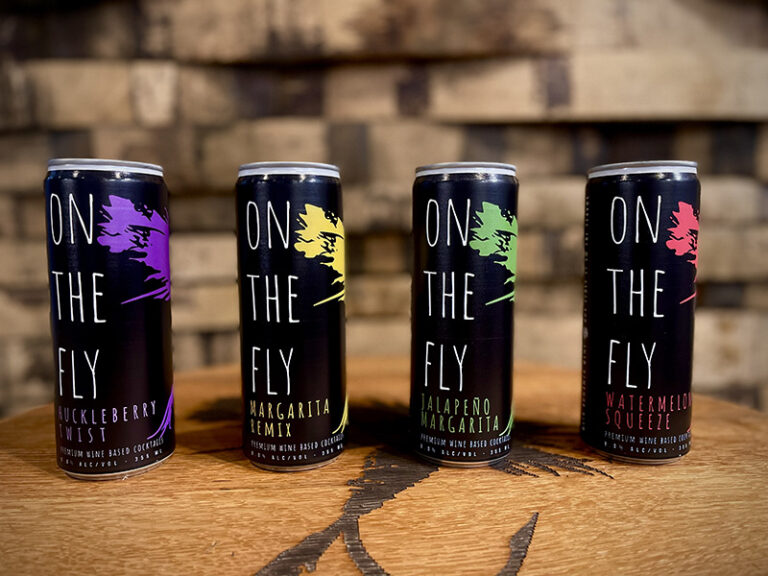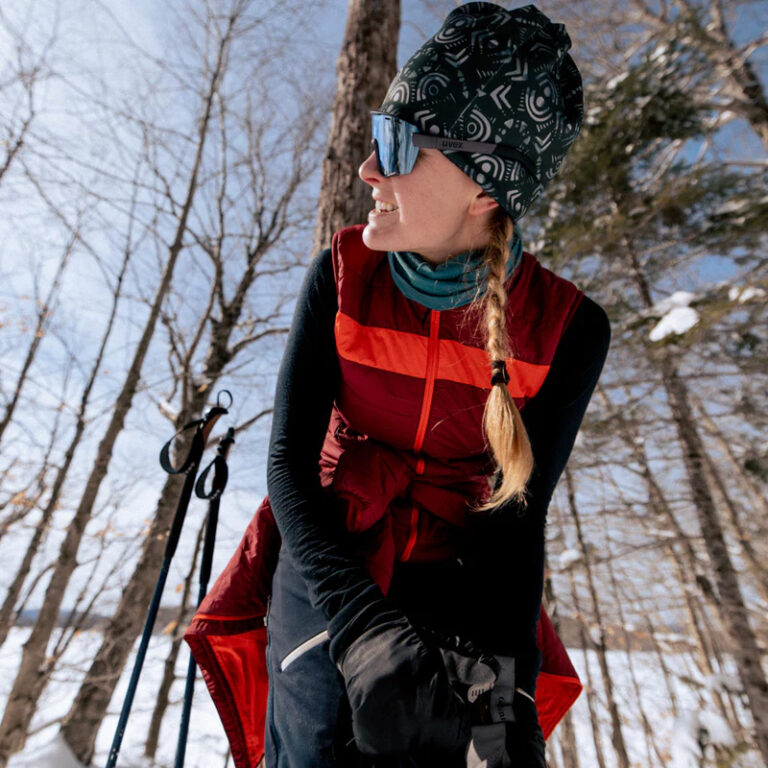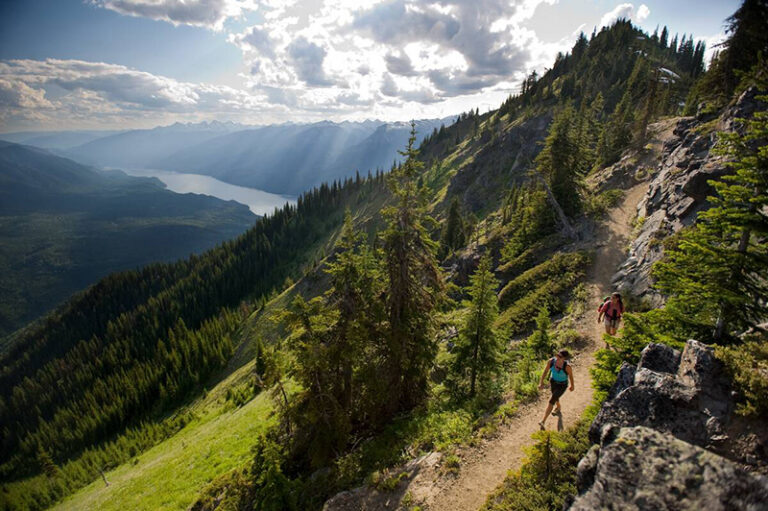RICH BENNETT IS IMMUNE to his own awesomeness. An ice climber for more than 20 years, he talks about scaling frozen waterfalls as if it’s no big deal—and to him it’s not. He has the experience and knowledge it takes to make this death defying act a hobby.
“People think ice climbers are risk takers but when you’re up there you’re really trying to manage the risk,” Bennett says. “As a long time ice climber I look at the ice. I look at the temperature and talk to locals. And if it just doesn’t feel right I’ll go home. There’s nothing wrong with walking away and climbing another day.”
Bennett started alpine and ice climbing in the Midwest where a thirst for big mountains led him to the sport. He moved to the Spokane area in the mid-1990s and got involved with the Spokane Mountaineers. For the last five years, he has chaired the organization’s climbing committee that holds seminars in rock, alpine, glacier and ice climbing.
“Climbing is kind of like being a triathlete,” he says. “Everybody gets addicted. It can be a bit crazy but unlike rock climbing, ice climbing is an advanced thing you progress to. Most people don’t just go right to ice climbing.”
The Spokane Mountaineers offer top rope climbing courses for beginners and intermediate ice climbers. Their annual ice climbing seminar takes place President’s Day weekend in February and teaches the basics on top roping, crampons, ice safety and ice reading techniques.
“If you want to climb big mountains or snow there are going to be sections of ice, and you need to hone your alpine skills,” Bennett says. “Even if you don’t want to climb waterfalls, the most important thing you can do is find a climbing mentor.”
Much like rock climbing, ice climbing is measured by WI (water ice) grades with WI 1 being the smallest incline and WI 7 being the steepest. Climbers use crampons (iron spikes attached to shoes) and ice tools (a combination hammer/pick or axe). They can screw anchors into the ice, which are attached to their ropes and harnesses, or they can climb freely.
Despite appearances, ice climbing isn’t really about upper body strength; it’s about feet positioning. Expert climbers make the sport look easy with efficient movements and without a whole lot of kicking. It’s what climbers call quiet feet.
Bennett says the sport peaked in 2005 but has lost the attention span of some climbers, himself not included. “I don’t even do that much rock climbing anymore because it doesn’t really do it for me,” he says. “I like big mountains and the adrenaline rush of ice climbing. When you get to the top it’s a nice accomplishment to look down.”
Here’s the gear you’ll see him in this season while teaching classes and scaling waterfalls.
SOCKS: “I tend to buy my boots a little bit smaller because I like the tighter feel to it,” he says. “I wear thin, SmartWool socks.”
BOOTS: He wears La Sportiva rock climbing boots. “They are really modern,” he says. “They have a built in gaiter with a big zipper in the front. They’re super lightweight and warm, and the sole actually curves a little bit like the shape of a foot.”
CRAMPONS: Grivel brand
TOP: “Everything is going to a soft shell, versus triple layer GORE-TEX that doesn’t breath like they say it does,” he says. “I wear a super thin polypropylene top and then a SmartWool top.” Depending on the weather, he will wear a soft shell Patagonia jacket.
PANTS: Patagonia guide pants that are a laminate soft shell. “They breathe, dry quick and are really flexible for moving your legs around,” he says.
GLOVES: Bennett brings four to five pairs of gloves when out climbing. His gloves need to be thin and tight for optimal dexterity, but warm and waterproof when it is 20 degrees below zero and the water is still running. Marmot and Black Diamond have some great gloves, he says.
HELMET: Black Diamond climbing helmet
BACKPACK: Bennett carries a little 30-liter Black Diamond pack.
TOOLS: “I’m always trying to get the pack lighter and smaller and I’m a Black Diamond fan,” he says. “From the early days the company put the research and development into their products to work out the bugs and advance the sport.” Bennett’s ice tool, screws and accessories come from the company.
HARNESS AND ROPES: Bennett uses an alpine harness with adjustable leg loops for his thick winter clothes. He prefers to use Edelweiss or bamboo ropes.













